Celebrate Cassini’s Historic Voyage in Eight Incredible Images
After 13 years of exploration, one of NASA’s most successful probes will crash into Saturn’s atmosphere
:focal(450x328:451x329)/https://tf-cmsv2-smithsonianmag-media.s3.amazonaws.com/filer/74/95/74959ea4-0156-4545-9749-b8eb5d1fc8af/cassinifinale.jpg)
After 20 years in space and 13 years exploring Saturn and its moons, NASA's Cassini space probe is running out of fuel. So on Friday, the craft will swing through the gap between Saturn and its famous rings and plunge into the planet's atmosphere—taking pictures and measurements along the way.
This move is a planned endeavor intended to prevent contamination of Saturn's moons, some of which have the potential to harbor life. While it's hard to say goodbye to one of humanity’s most successful exploratory missions, Cassini has left behind a legacy of data. Over the course of its explorations, it has sent back thousands upon thousands of amazing images, rewriting what we know about Jupiter as well as Saturn, its rings and most importantly its moons.
The final plunge has almost been a separate mission of its own. Since April, the craft has been in the process of making 22 loops between Saturn and its rings, giving NASA some of the closest images of the planet’s surface and new views of the ring system.
“Cassini's grand finale is so much more than a final plunge,” Linda Spilker, Cassini project scientist at NASA’s Jet Propulsion Laboratory says in a press release. “It's a thrilling final chapter for our intrepid spacecraft, and so scientifically rich that it was the clear and obvious choice for how to end the mission.”
It’s difficult to fully summarize Cassini’s contributions to science. For the full story see NASA’s timeline. But here are some of Cassini's greatest images and discoveries.
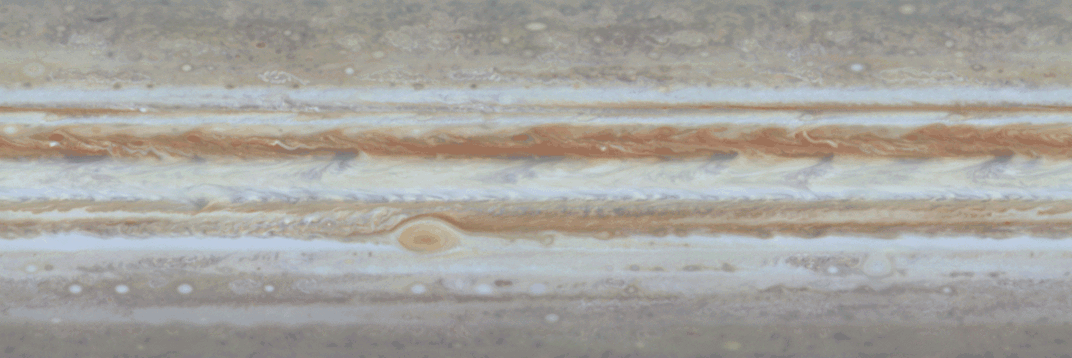
Jupiter Flyby
Making the 746-million-mile trip to Saturn is not easy. That’s why after its launch on October 15, 1997, Cassini spent seven years in transit, first circling the planet Venus twice using its gravity to give it a speed boost before swinging past Earth again for another lift. In December, 2000, Cassini passed Jupiter joining forces with the Galileo spacecraft already orbiting the planet. The craft was able to use its narrow-angle camera to make the most exact color images of Jupiter ever taken, picking up details as small as 75 miles across.
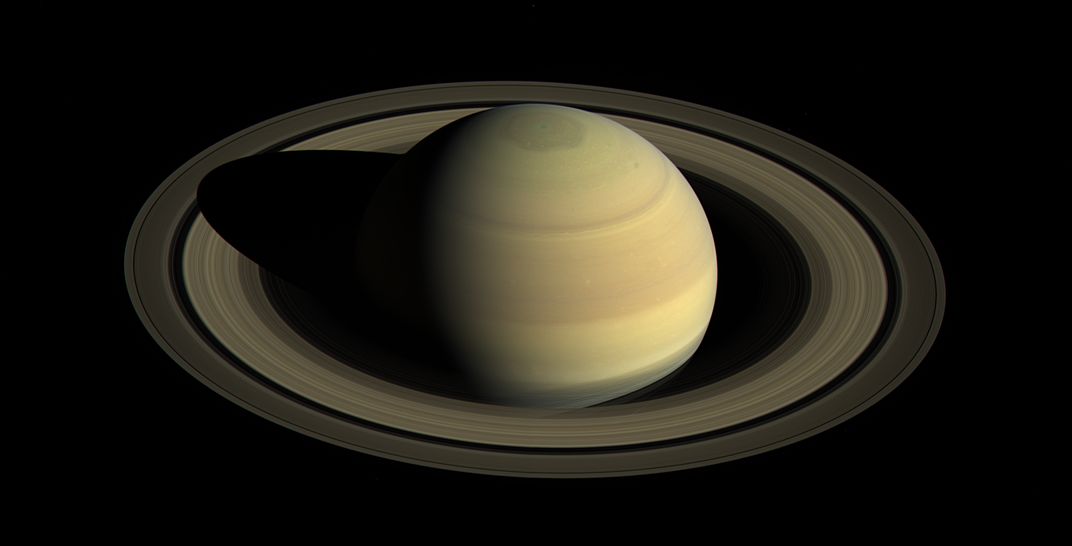
Into Orbit
On Thursday, July 1, 2004, Cassini became the first human-created spacecraft to orbit Saturn, giving researchers the first up close images of the planet. Because a year on Saturn lasts 29.457 Earth years, Cassini has watched the angle of the sun shift over the years as the season slowly changes, giving the planet a different appearances. During its mission, Cassini witnessed winter and spring in the northern hemisphere and summer and fall in the south, recording the changes in clouds, temperature and chemistry based on the seasons. Perhaps the probe's most iconic image of the planet is "Saturn, Approaching Northern Summer," shown above, taken in May 2017 close to the summer solstice.
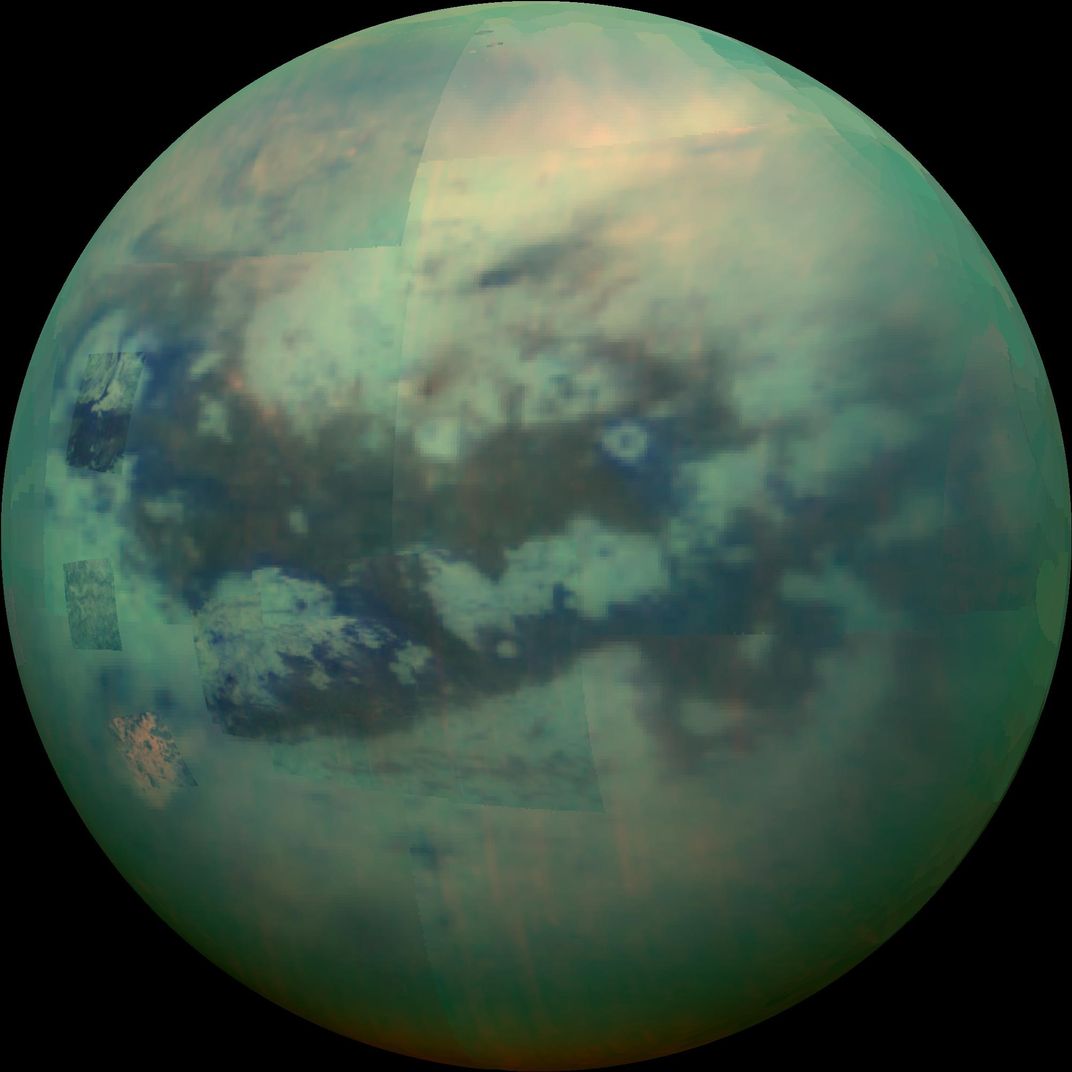
Landing On Titan
On January 14, 2005, the European Space Agency’s 9-foot diameter, 700-pound Huygens lander plummeted through the atmosphere of Saturn’s giant moon Titan for 2 hours and 27 minutes. The probe, carried by Cassini, then parachuted to the moon’s surface transmitting data from six scientific instruments for 72 minutes, becoming the first probe to land on a body in the outer solar system.
As Ben Guarino at the Washington Post reports, the probe found a very Earth-like moon, with a few twists. Instead of liquid water if had liquid methane. Instead of rocks there’s chunks of frozen water and its “dirt” is made from hydrocarbon particles. Even though there are freezing temperatures, the planet could support microbial life. Over its lifetime, Cassini passed Titan more than 100 times, collecting immense amounts of images and data, including a pass in November 2015 that produced the image above, “Peering Through Titan’s Haze”
Cassini said its last goodbye to the moon on Tuesday. “Cassini has been in a long-term relationship with Titan, with a new rendezvous nearly every month for more than a decade,” Cassini Project Manager Earl Maize says in a press release. “This final encounter is something of a bittersweet goodbye, but as it has done throughout the mission, Titan's gravity is once again sending Cassini where we need it to go.”

Encountering Enceladus
If Cassini was in a long-term relationship with Titan, it had a torrid love affair with Saturn’s icy moon Enceladus. In March and July, 2005, Cassini made its first close passes of the moon, producing the image, “Enceladus the Storyteller,” above. The relatively small moon was a revelation with its huge clouds of water vapor, complex tectonics and fractures snaking across its southern hemisphere. Researchers also found that those fractures spray huge plumes far into space. Cassini examined those plumes, and in April researchers revealed that the jets are composed of 98 percent water along with some hydrogen and other organic chemicals. This discovery raises the possibility that life could exist at hydrothermal vents under the planet’s icy shell.
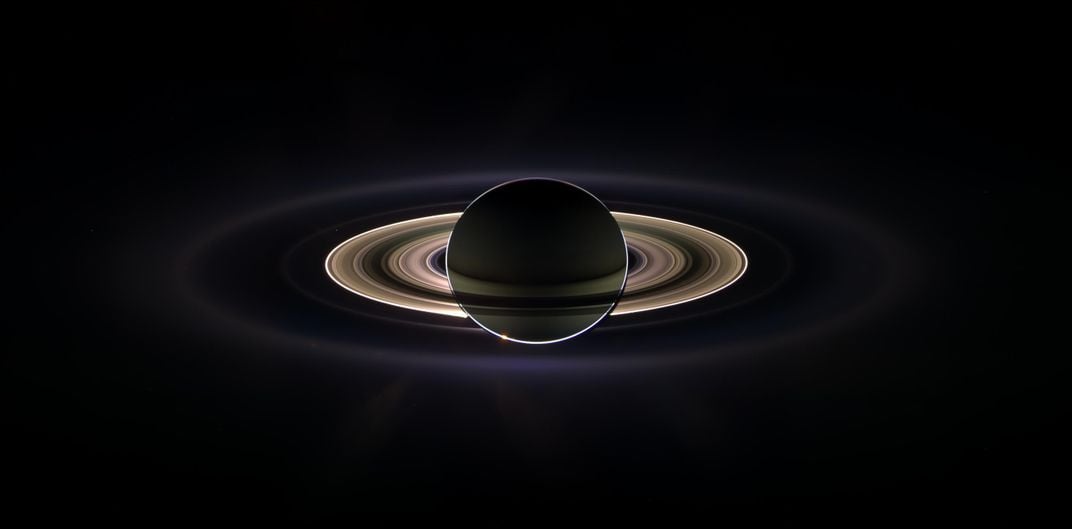
Rings of Information
Since Galileo first discovered Saturn’s rings in 1610, they have been a source of mystery and fascination for scientists. Cassini has helped researchers learn much more about the rings, finding that the particles in the rings range from grains of sand to mountain-sized boulders. The probe helped scientists discover that the planet’s E Ring is mainly composed of material ejected by Enceladus’s jets. On September 15, 2006, Cassini took perhaps its most dramatic image of the rings, “In Saturn’s Shadow” when the probe imaged the planet with the sun completely blocked. The picture revealed two new faint rings, one produced by the moons Janus and Epimetheus and another one by the moon Pallene.

The Hexagon
The Voyager probe first spotted Saturn’s strange hexagonal jet stream in the early 1980s. But Cassini was the first to produce detailed shots of the 20,000-mile wide system, which swirls around the North Pole at 200 miles per hour. While the swirl does look like a hurricane and has an eye about 50 times larger than an Earth hurricane, researchers believe it’s just the natural jet stream, which endlessly spins because, unlike on Earth, there are no mountains or other obstacles to disrupt its course.
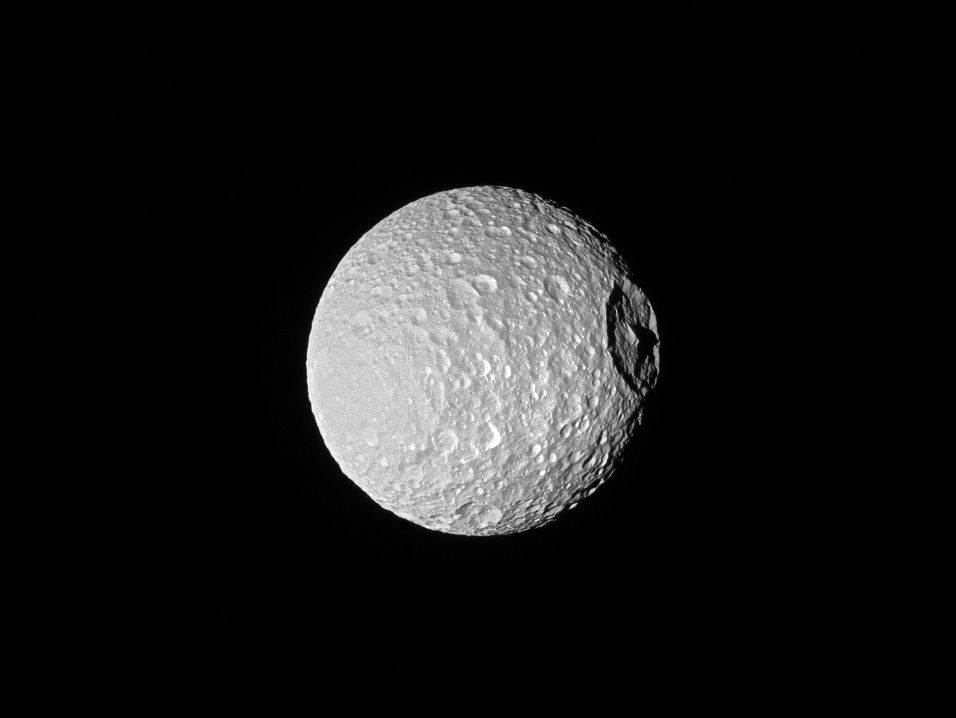
Rise of the New Moons
Besides the detailed information about Titan and Enceladus, Cassini also captured incredible images of Saturn’s many moons. When Cassini launched in 1997, researchers had only confirmed 18 of the planet’s moons. Now, Cassini and ground-based telescopes have found a total of 62 possible bodies orbiting the planet, some the size of Mercury and some just a few miles across. They come in endless shapes and sizes, many of which were captured by Cassini, including the icy moon Dione, the great canyons on Tethys, the smooth, egg-like Methone and the strange pocked surface of Hyperion. Some of the moons even crossed into pop culture, like Mimas, pictured above, which was compared to the Death Star and the tiny dumpling-like moon Pan, which, among other comparisons, many described as a space ravioli.
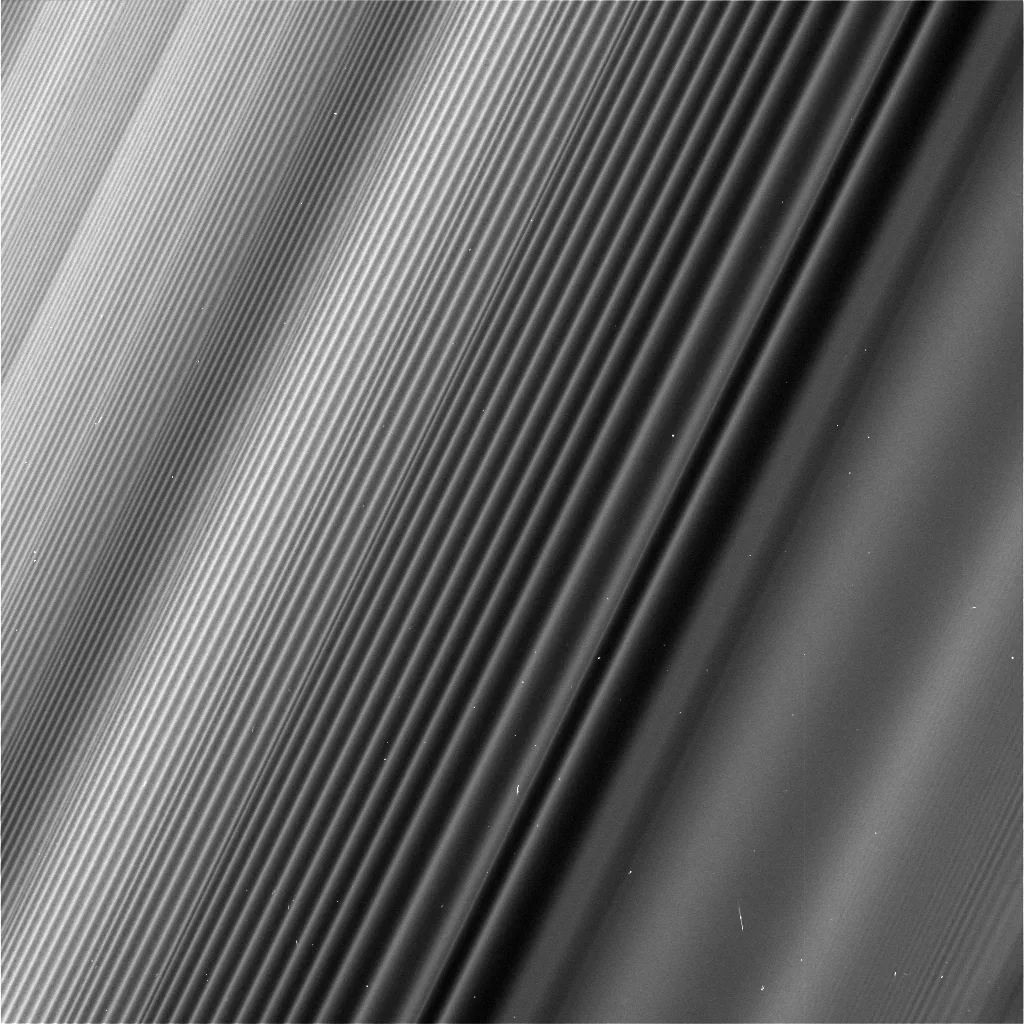
The Final Flights
In April, 2017, Cassini conducted the first of its 22 dives between Saturn and its rings. While it will take months or years to analyze the data, researchers have already found some surprising things, like the fact that the spaces between rings are more or less free of debris and dust. It’s also sent back new images of the Hexagon and the spiral density waves found in the planet’s B Ring.
We wish this craft well in its triumphant plunge into Saturn's atmosphere—and eagerly await the exciting discoveries that are still bound to come from the data.